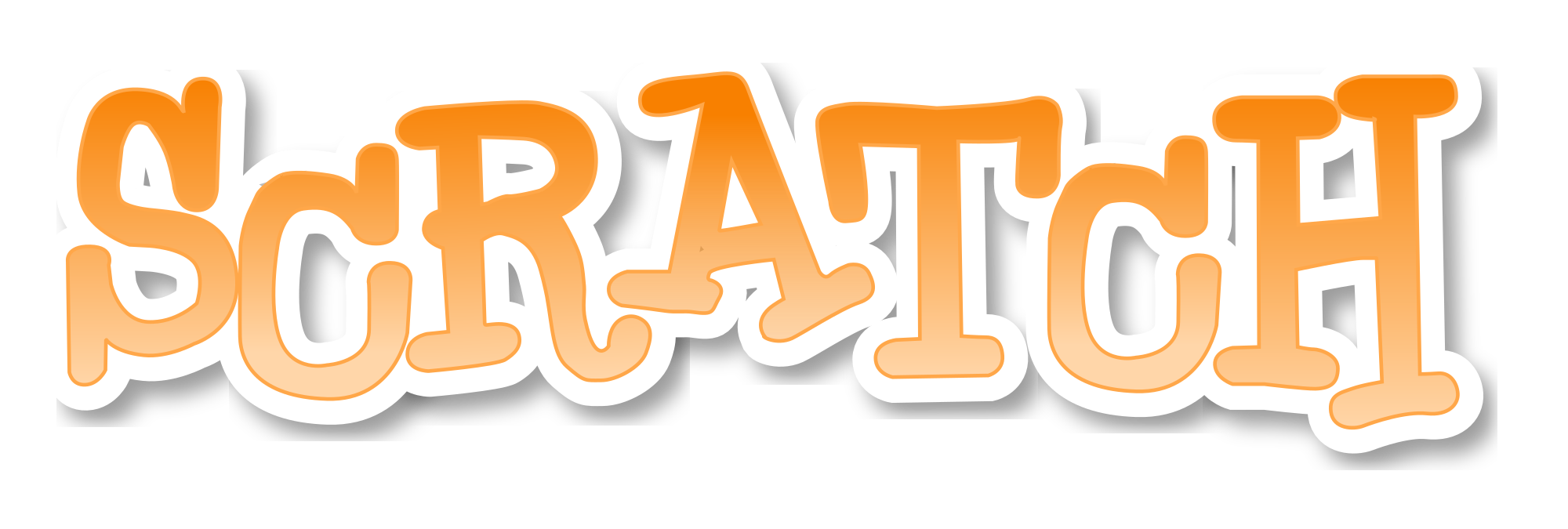Originally posted on my language blog, Nihon on the Go.
Tag: Tech Tools
Creating Your Own Games
Sploder 
Scratch

Augmented Reality Apps
Augment
Usability: Augment is augmented reality app available for iPhone and Android. It easy-to-use, allowing users to scan QR codes for models, download models, and create their own. It has a very simple and clean interface. Users may find the models hard to maneuver, but overall, it’s pretty straightforward, and gives a quick guide on how to position models on your screen.
Motivation: Teachers and students who want to get creative with building. Students can import models from 3D modeling software like SketchUp, AutoCAD, Blender, etc. They can also download models from the app itself and import models from Augment’s QR codes. Students can see what their creations look like in reality whether they’re buildings, advertisements, furniture, etc.
Pros: Free, easy-to-use, allows users to import their own models into the app. Also allows users to share QR codes of their models. Users can see what they’re models look like in reality.
Cons: Models can be difficult to maneuver on screen.
SkyView
Usability: Sky View is a star-gazing app available for iOS and Android that is very user-friendly. It automatically calibrates based on your location allows you to view the night sky at any time of the day. This is great for use for those who are hobbyists or adamant star-gazers.
Motivation: Students can use SkyView to see orbits of planets, stars, and other celestial objects like nearby galaxies, constellations, space junk, and satellites. They can also use it to find planets and stars. The app also provides facts on any celestial body they choose, as well as classifications for stars. The program also is an AR that allows the stars to overlay the sky.
Pros: Free, but there is a paid version, too. Students can see what planets and stars are in the sky by pointing their phone anywhere. For example, they can point their phone or tablet to the ground and see the constellations and planets near the southern hemisphere. Has a sightings guide that allows you to see what stars and planets are out and when you can see others.
Cons: Sometimes the calibration is off; sometimes the stars don’t line up exactly where the app says they are, but it’s not too far off. Best used in an open space, as opposed to being at a desk or some other stationary place.
Formative Assessments
Socrative
 Formative
Formative
Vlog #5